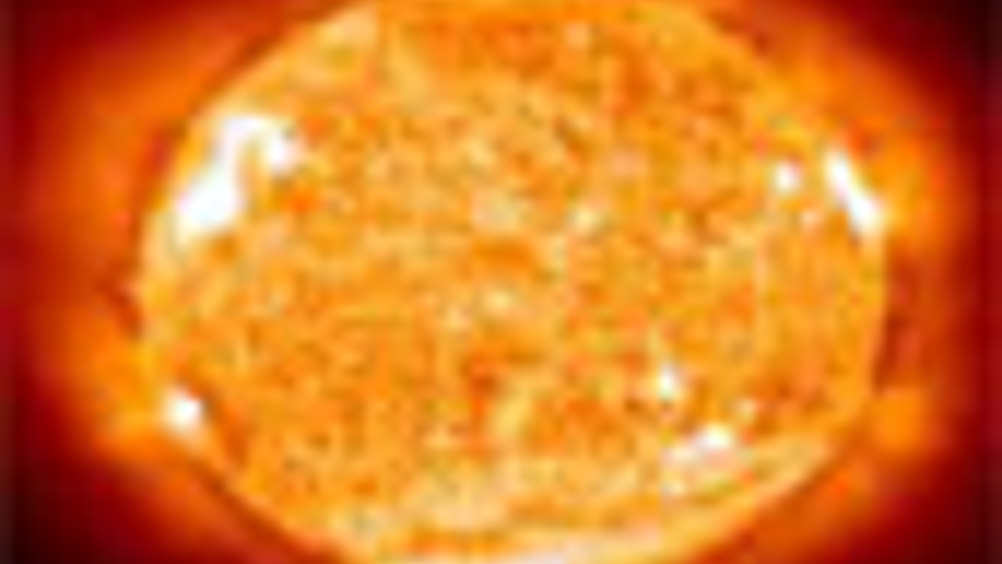Sensitised cells
An international group of researchers has developed and tested a new generation of photovoltaic cells in Lausanne, Switzerland.

An international group of researchers reported last month that it has developed and tested a new generation of photovoltaic cells in Lausanne, Switzerland.
For the first time, the team at Ecole Polytechnique Federale de Lausanne (EPFL) used two different dyes to make dye-sensitised solar cells, making them capable of reacting to a larger range of the light spectrum and thus more efficient.
Dye-sensitised solar cells date to the 1990s. But the phthalocyanine dyes used in them are only sensitive to a restricted range of the solar spectrum.
The new cells, developed by a team led by EPFL's Prof Michael Grätzel, allows that spectral sensitivity to extend to the red, green and blue ranges of visible light, by incorporating a second, perylene dye. With a larger range of light sensitivity, the cells' efficiency is thus improved.
Although the perylenes do not directly generate an electric charge, they react to the blue and green parts of the visible light spectrum. They transfer their energy to the phthalocyanines, which in turn transmit the electric charge. Without the new dyes, the phthalocyanines can react only to the red part of the spectrum.
Register now to continue reading
Thanks for visiting The Engineer. You’ve now reached your monthly limit of news stories. Register for free to unlock unlimited access to all of our news coverage, as well as premium content including opinion, in-depth features and special reports.
Benefits of registering
-
In-depth insights and coverage of key emerging trends
-
Unrestricted access to special reports throughout the year
-
Daily technology news delivered straight to your inbox










Water Sector Talent Exodus Could Cripple The Sector
Maybe if things are essential for the running of a country and we want to pay a fair price we should be running these utilities on a not for profit...